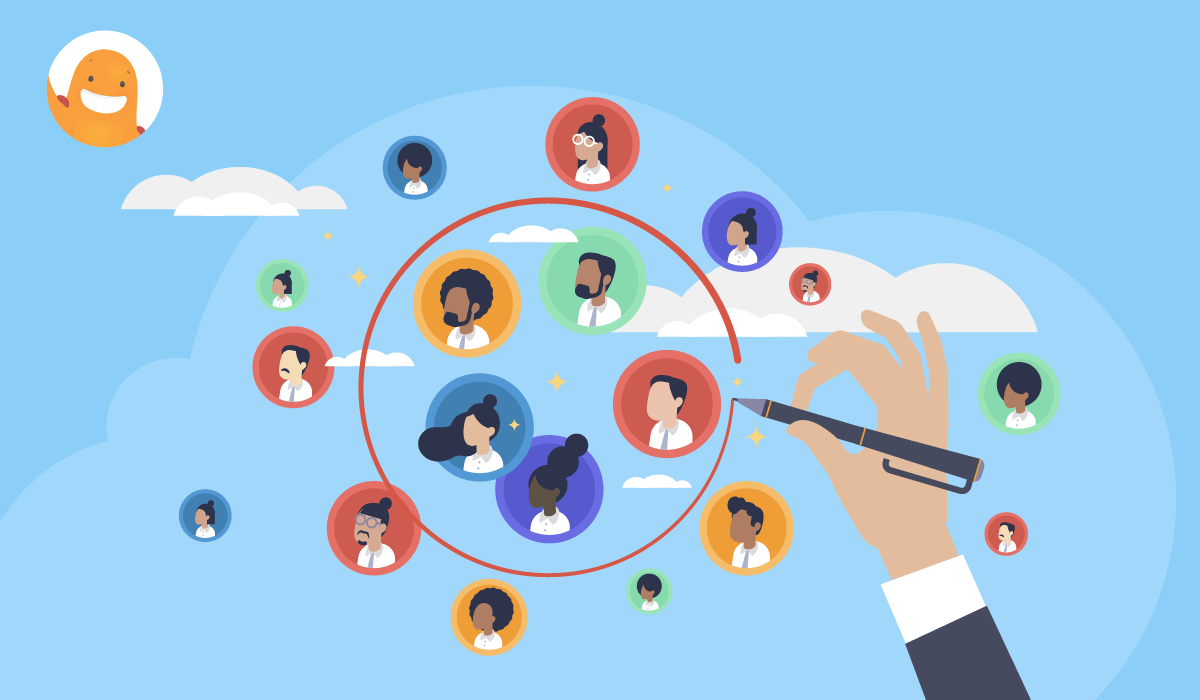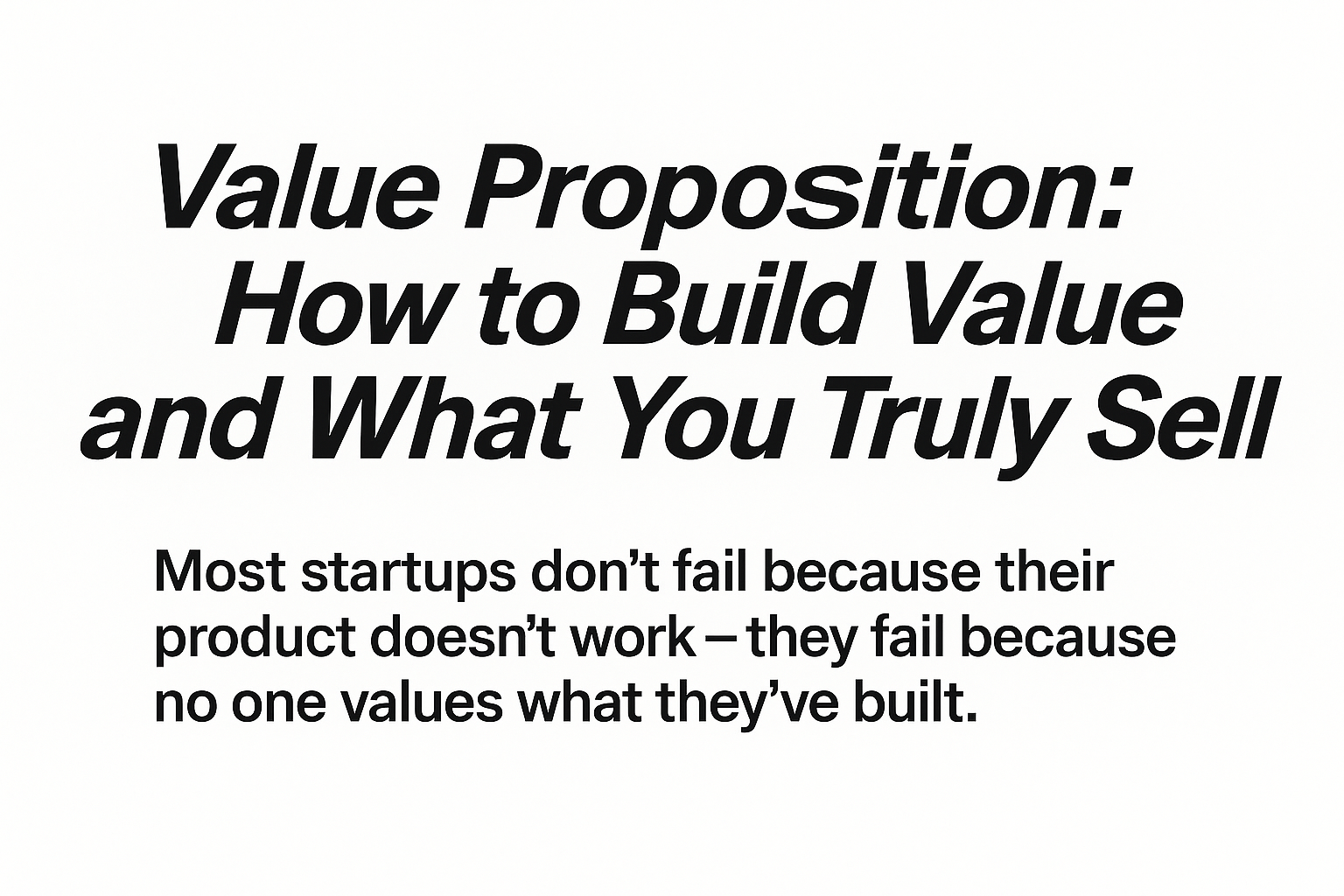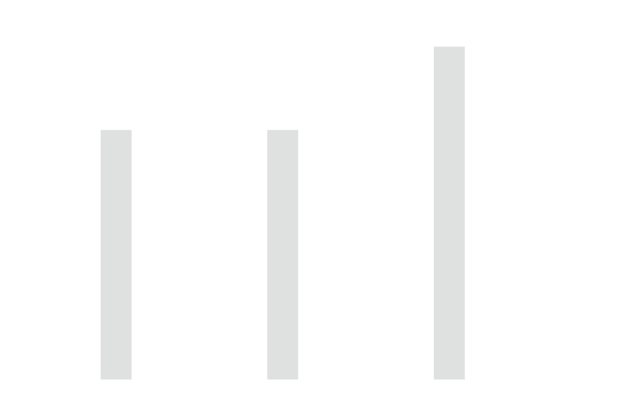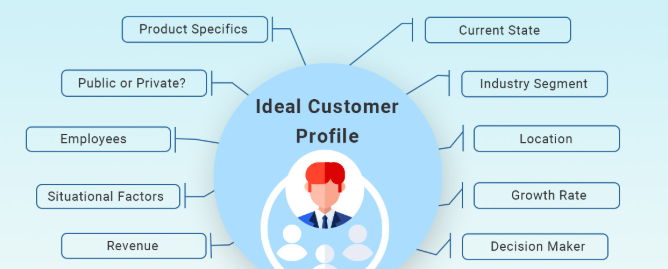Back
Tarun Suthar
CA Inter | CS Execut... • 2m
Day 5 - Customer Profiling & Segmentation You can’t sell to everyone - but you can serve someone so well that the world starts noticing. 👇 Lets deep Dive into how to build laser-sharp customer profiles & segments that actually drive growth - featuring the "Jobs to be Done" method, archetype building, and Notion's smart segmentation strategy. Every startup begins with a product idea - but the real magic starts when you deeply understand who that product is for. Great products are not built for "everyone." They are built for someone very specific. Customer profiling and segmentation help you find that "someone." It's the process of understanding your customer so well that you can predict what they need before they even ask for it. 🧩 Why It Matters You can have the best product in the world - but if it doesn't resonate with the right audience, it will quietly fade away. Many startups make this mistake: they launch wide, target everyone, and then wonder why engagement is shallow. Successful founders do the opposite. They go narrow first - defining their ideal customer's values, motivations, and struggles - and then build everything around that truth. This isn't guesswork. It's strategy. 💡 The Jobs-To-Be-Done (JTBD) Way - Customers don't buy your product. They hire it to solve a problem or get a job done. Think of it like this - people don't buy a drill because they love drills. They buy it because they want a hole in the wall. When someone signs up for Notion, they're not looking for another app. They're hiring it to organize chaos - their notes, projects, and ideas. 👉 Ask yourself: ✨️ What job is my customer hiring my product to do? ✨️ What pain are they trying to eliminate, or what gain are they chasing? Once you know this, your product messaging, features, and pricing all start aligning like puzzle pieces. 🧠 Building Customer Archetypes Data helps you count people. Archetypes help you understand them. Create 2–3 detailed customer personas that feel like real humans, not just rows in a spreadsheet. Include: 1. - Who they are (profession, habits, lifestyle) 2. - Why they buy (motivation, beliefs, goals) 3. - How and where they buy (channels, triggers) 4. - What stops them from buying (fears, pain points) For example, a productivity app might serve: - A solo creator juggling multiple projects. - A startup founder managing a remote team. Both want "productivity," but for very different reasons. One seeks focus, the other seeks visibility and control. Knowing that difference changes everything - from your UX to your pricing. 🧭 Psychographics vs Demographics Most startups stop at who their customer is. Great ones go deeper into why they buy. ▶️ Demographics → age, income, job title, location. ▶️ Psychographics → beliefs, aspirations, lifestyle, fears. Nike doesn't target "18–35-year-old athletes." It targets anyone who believes in pushing their limits. 💥 When you build your Ideal Customer Profile (ICP), combine both layers: "A 28-year-old remote designer in Berlin (demographic) who values minimalism, focus, and freedom (psychographic)." That's how your brand starts speaking to the heart, not just the market. 🚀 Real-World Example - Notion's Smart Segmentation Notion didn't try to win everyone from day one. It started by serving creators and small teams - the people who cared about structure, design, and flexibility. Once they nailed that niche, the product spread organically to enterprises. That's segmentation done right: 👉 Start narrow. Dominate your niche. Then expand with evidence. 🧾 Founder Action: Write Your ICP Grab a blank sheet and write your Ideal Customer Profile : ⁉️ Who they are? ⁉️ What job they're hiring your product to do? ⁉️ Their pains, gains, and motivations? ⁉️ Where they hang out (online/offline)? ⁉️ Who influences them? 🔍 Final Thought Every marketing failure, every unused feature, every churned customer - all point back to unclear customer understanding. Your ICP isn't a marketing exercise. It's your startup's north star. Because when you truly know who you serve, everything else - from product to pricing - starts to make sense. 💭 Founder's Reflection: The sharper your customer understanding, the faster your startup grows.

More like this
Recommendations from Medial
Rajan Paswan
Building for idea gu... • 1y
Question for Medial Community— "Who are Your Customers and Consumers?" What's the Difference? While the terms "consumer" and "customer" are often used interchangeably, they have distinct meanings in the business world. - Customer: A customer is an
See MoreVikas Acharya
Building WelBe| Entr... • 10m
Smart brands know a secret: People don't buy on price, they buy on perceived value. Here's the winning formula: 1. Tap Into Dreams: Understand your audience's aspirational self. What do they want to look like, feel like, be like? Align every product
See MoreThe Startup guy
Startup Energy • 6m
The customer doesn’t care whether your product is “AI-Powered” or not. But what they do care about is if your product can solve the problem they have and help them achieve the result they want. Nothing else matters if your product can help them accom
See MoreTarun Suthar
CA Inter | CS Execut... • 2m
Day4 - Value Proposition: How to Build Value and What You Truly Sell 🤔 ⚠️ Most startups don't fail because their product doesn't work - they fail because no one values what they've built. Every startup begins with an idea. But customers don't buy
See More
Download the medial app to read full posts, comements and news.


































